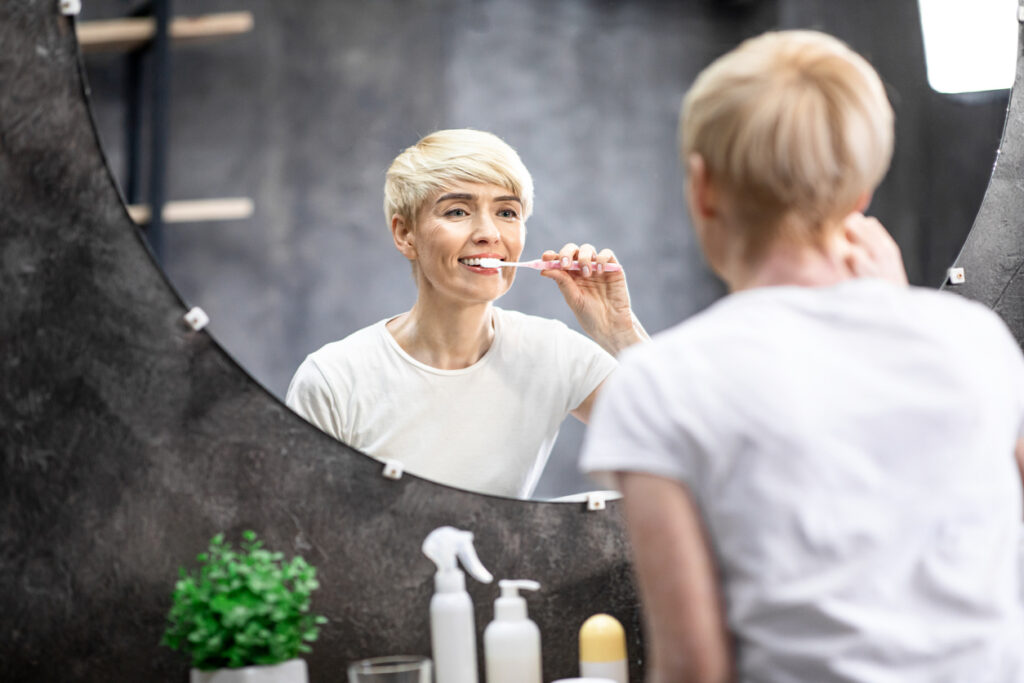Invisalign Cost: Understanding Your Investment | ADVANCED ORTHODONTICS IN BELLEVUE
In the realm of orthodontic treatment, Invisalign has emerged as a highly sought-after option for adults, parents considering options for their children, and young professionals alike. The appeal of Invisalign lies in its virtually invisible design, comfort, and the convenience it offers compared to traditional braces. However, one of the primary considerations for those contemplating Invisalign is the cost. This blog post aims to demystify the financial aspects of opting for Invisalign, providing you with a comprehensive understanding of what your investment might look like.
Factors Influencing Invisalign Cost
When considering Invisalign, it’s crucial to understand that several factors can influence the overall cost of your treatment. These factors include:
- Treatment Complexity: The more complex your dental issues, the longer the treatment may be, which can affect the cost.
- Treatment Duration: Treatment duration varies from person to person. Longer treatments require more aligner trays, impacting the price.
- Geographic Location: Depending on where you live, the cost of living and Dental care standards can influence Invisalign pricing.
- Orthodontist’s Experience: Experienced orthodontists may charge more for their services due to their expertise and demand.
Average Cost Breakdown
While prices can vary widely based on the factors mentioned above, the average cost of Invisalign treatment generally ranges between $3,000 and $7,000. To provide a clearer picture, this cost includes all necessary consultations, the aligners themselves, and follow-up appointments. It’s important to note that this price range is indicative, and obtaining a personalized quote from an orthodontist is essential for an accurate cost assessment.
Financing Options
Understanding the investment required for Invisalign, many dental practices offer financing options to make the treatment more accessible. Here are some common financing avenues you might consider:
- Payment Plans: Many orthodontists offer in-house payment plans that allow patients to pay for their treatment over time.
- Dental Insurance: Some dental insurance plans cover a portion of the cost of Invisalign treatment. It’s worth checking with your provider to understand your coverage.
- Health Savings Accounts (HSA) and Flexible Spending Accounts (FSA): If you have an HSA or FSA, you may be able to use these funds to cover some or all of your Invisalign treatment.
- Third-party Financing: Companies like CareCredit offer financing specifically for healthcare expenses, including orthodontic treatments.
Conclusion
Investing in Invisalign is not merely a financial decision; it’s an investment in your confidence, comfort, and Health. While the cost of Invisalign can be significant, understanding the factors that influence pricing and exploring available orthodontic treatment can help make this life-changing treatment more attainable. Remember, the first step towards a beautiful, straight smile is scheduling a consultation with an orthodontist who can provide you with a detailed treatment plan and cost estimate tailored to your unique needs.
By researching and planning for the financial aspects of orthodontics, you can make informed decisions about your or your loved one’s dental care. The path to a perfect smile might seem daunting at first glance, but with the right information and preparation, achieving your dream smile is well within reach.
If you’re considering Invisalign as a solution for yourself or someone in your family, we hope this guide has brought clarity to the financial aspects of your decision. For more insights into dental treatments and how to manage the costs associated with them, keep following our blog. Remember, a beautiful smile is priceless, and understanding the ” dental issues” is the first step towards achieving it.
